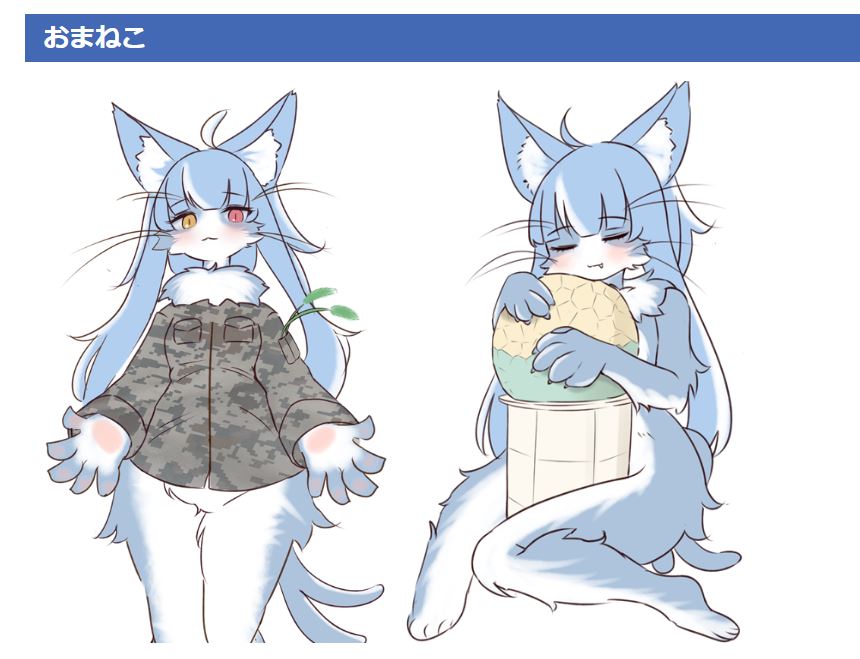Edit (2024/12/25 11:25): Revised headline and added a paragraph to better represent the original character designer’s intentions.
Japan’s Self Defense Force recently unveiled the February 2025 issue of their official monthly magazine MAMOR. While MAMOR usually features photos of uniform-clad servicepeople performing salutes on its covers, this month’s rather bold cover is causing a lot of people to do double takes, and inevitably, some drama.
To get straight to the point, the February edition of MAMOR features an illustration of a furry cat and mouse with their lower halves exposed. These two characters are Omaneko and Hamu ChunChun, and they are the official mascots of a sub-base of Japan’s Air Self Defense Force (JASDF) in Omaezaki.
While the Japanese military has a multitude of cute and friendly local mascots used in PR campaigns all over the country, these two, especially Omaneko, have been consistently going viral all over social media for their unexpectedly voluptuous designs, and have practically gained a passionate fandom among furry enthusiasts. Omaneko has even been featured in a collaboration with the F2P vehicular combat game War Thunder.
The new MAMOR cover portrays Omaneko and Hamu ChunChun true to their canon designs – donning military jackets on top, with their curvaceous lower halves exposed à la Winnie-the-Pooh. While the publication has caused delight among the usual audience, it’s also invited some criticism.

Takayama Yuzo, a Nago City Council member, responded to the X post announcing the February MAMOR issue (which was posted by the official X account of Japan’s Ministry of Defense, by the way), calling the cover “utterly disgusting.”
Takayama criticized the fact that Omaneko’s name sounds similar to the Japanese word for female genitalia (you can google that and compare in your free time) and the fact ”that the design is made to resemble a woman’s exposed lower half.” He argues that the portrayal is insulting to women and inappropriate for a public institution to send out.
An odd twist to the story comes from the fact that both Omaneko and Hamu ChunChun are officially listed as “male” on the JASDF’s site. But Takayama says that this is all the more reason that depicting a typical male physique, rather than a voluptuous female physique, would have been more appropriate.

Reactions to this criticism have been varied, but interestingly, another Japanese assemblyman chimed in to voice his disagreement by calling Takayama “a junior high schooler in puberty” for inferring a connection between Omaneko and female genitalia, as well as telling him to “delete the post because it’s embarrassing.” There’s probably a classier and more nuanced conversation to be had on the matter, but it’s interesting to see just how big the presence of this local mascot has become.
On a more unfortunate note, it seems the original artist of Omaneko and Hamu ChunChun has received death threats over the controversy, according to a post on their X account. Edit (2024/12/25 11:25): In addition, the author has responded to some of the criticism by commenting that people have been interpreting their designs in too sexual a manner. They explain that while their characters are anthropomorphic, they are intended to be based on the cuteness of animals.





